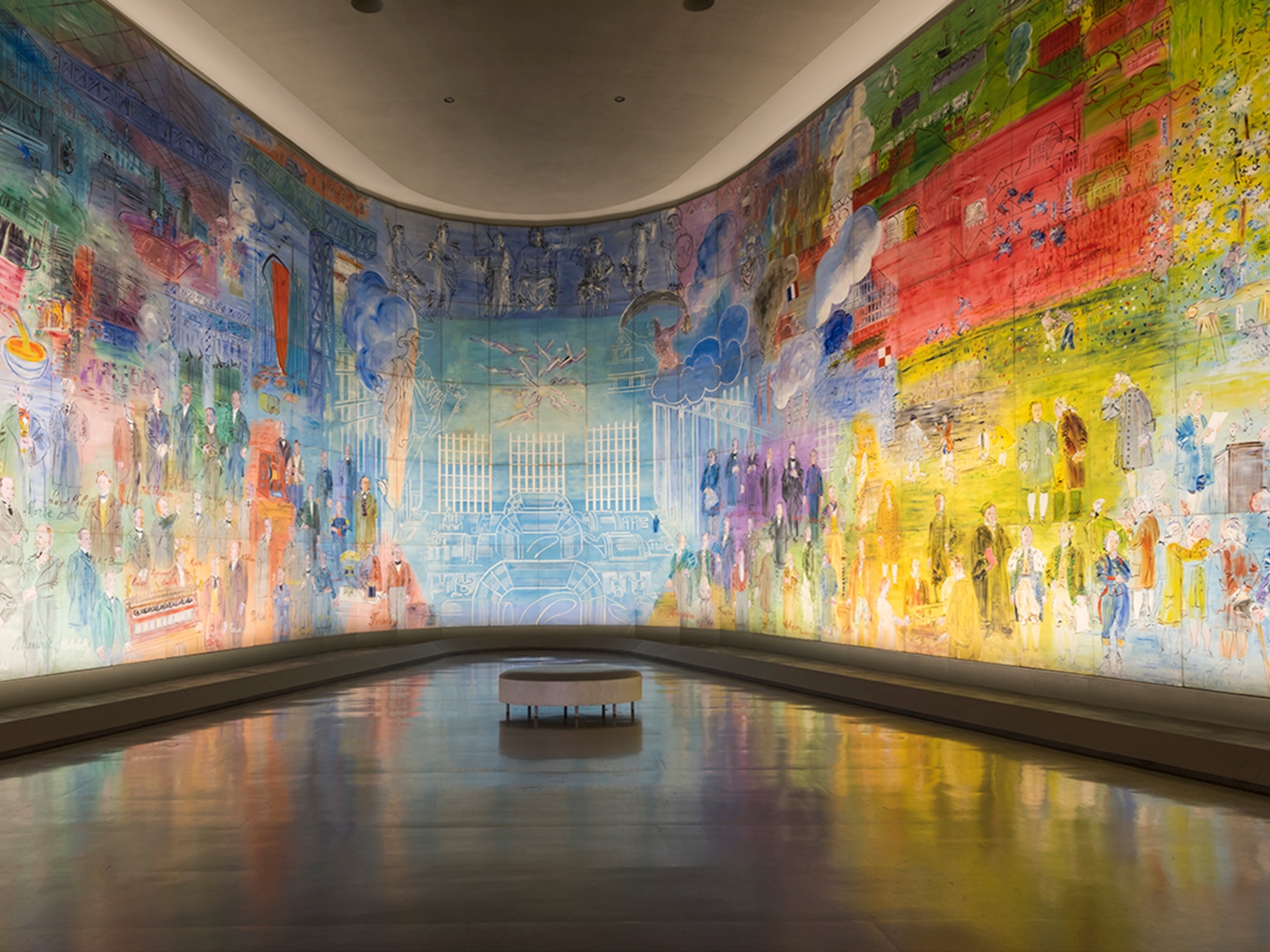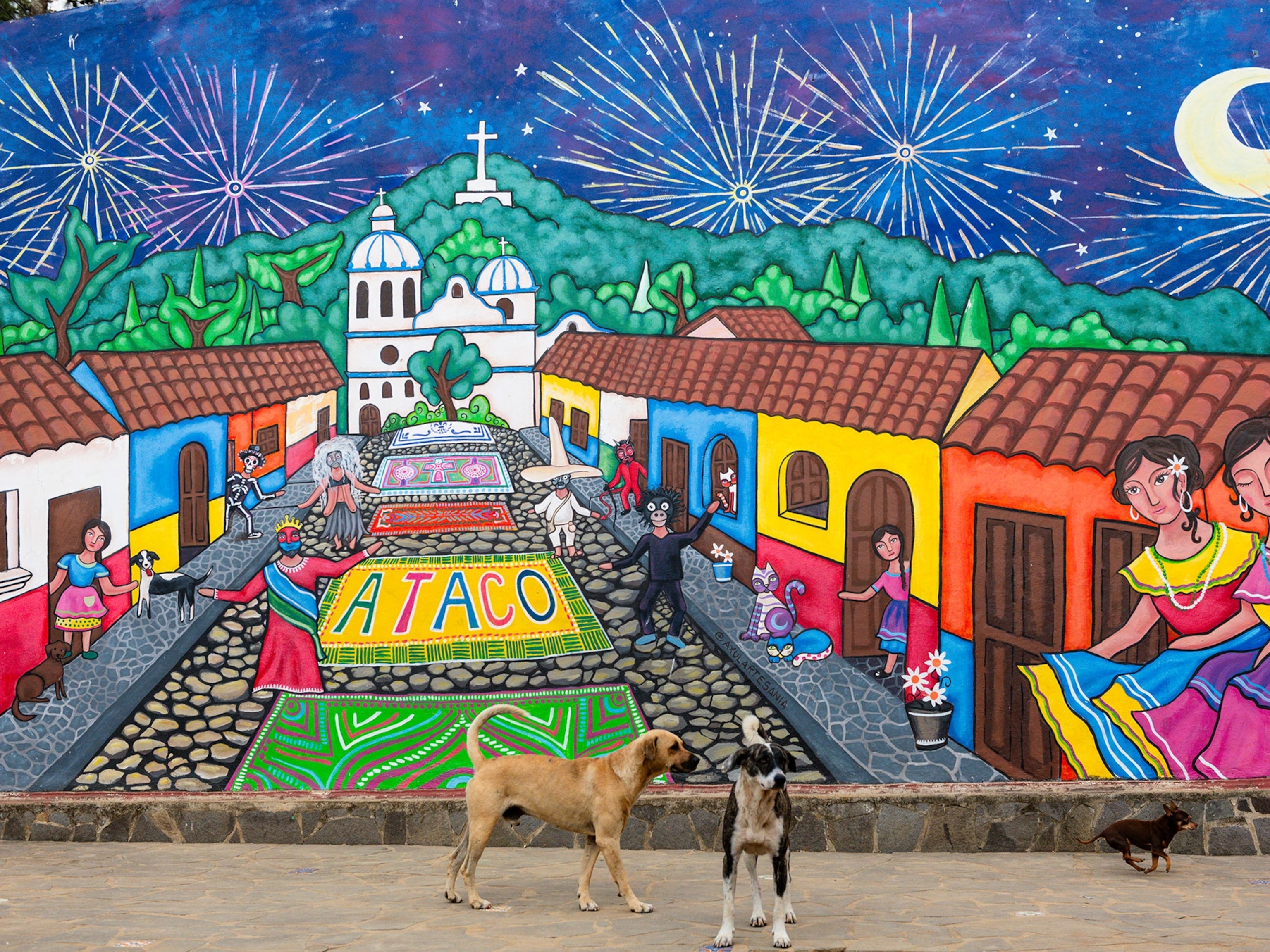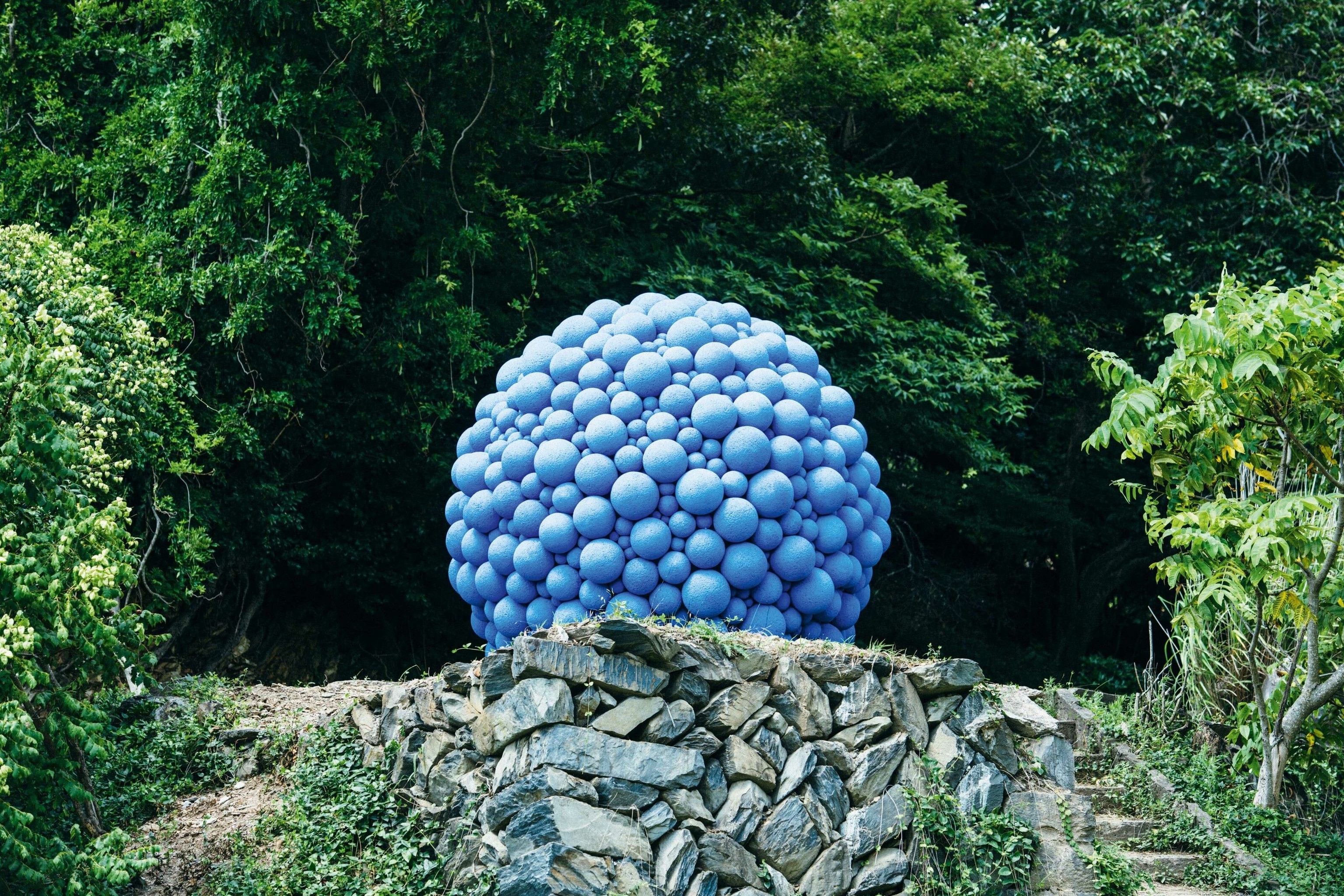
Japan's Reborn-Art Festival is back — here's why it's so special
After a difficult couple of years, Japan’s festivals are back and this year the Reborn-Art Festival takes centre stage. This special event uses the power of art to regenerate communities in the region of Tohoku, which was devastated by the 2011 tsunami.
What is the Reborn-Art Festival?
Celebrating the area’s culture and identity through art, music and food, the Reborn-Art Festival has myriad exhibitions and events, from paintings and sculpture to digital artworks and light and water installations. There are also extravagant operatic performances, poetry readings and traditional Bon dances, plus food workshops and pop-up restaurants. The story behind the festival is both poignant and beautiful: first launched in 2017, the event uses the power of art to help rebuild communities along the Sanriku Coast in Tohoku, which were devastated by the 2011 Great East Japan earthquake and tsunami. At the heart of the event is altruism, and people’s ever-changing relationship with Mother Nature.
When and where is it held?
This year, the Reborn-Art Festival will begin at the height of summer, on 20 August, and run until 2 October, when the landscape begins to burst with autumn colours. A veritable art trail, sites will pepper the Oshika Peninsula of Ishinomaki city, as well as the beautiful Sanriku Coast of Miyagi prefecture, both an hour flight or two-hour 40-minute train ride from Tokyo.
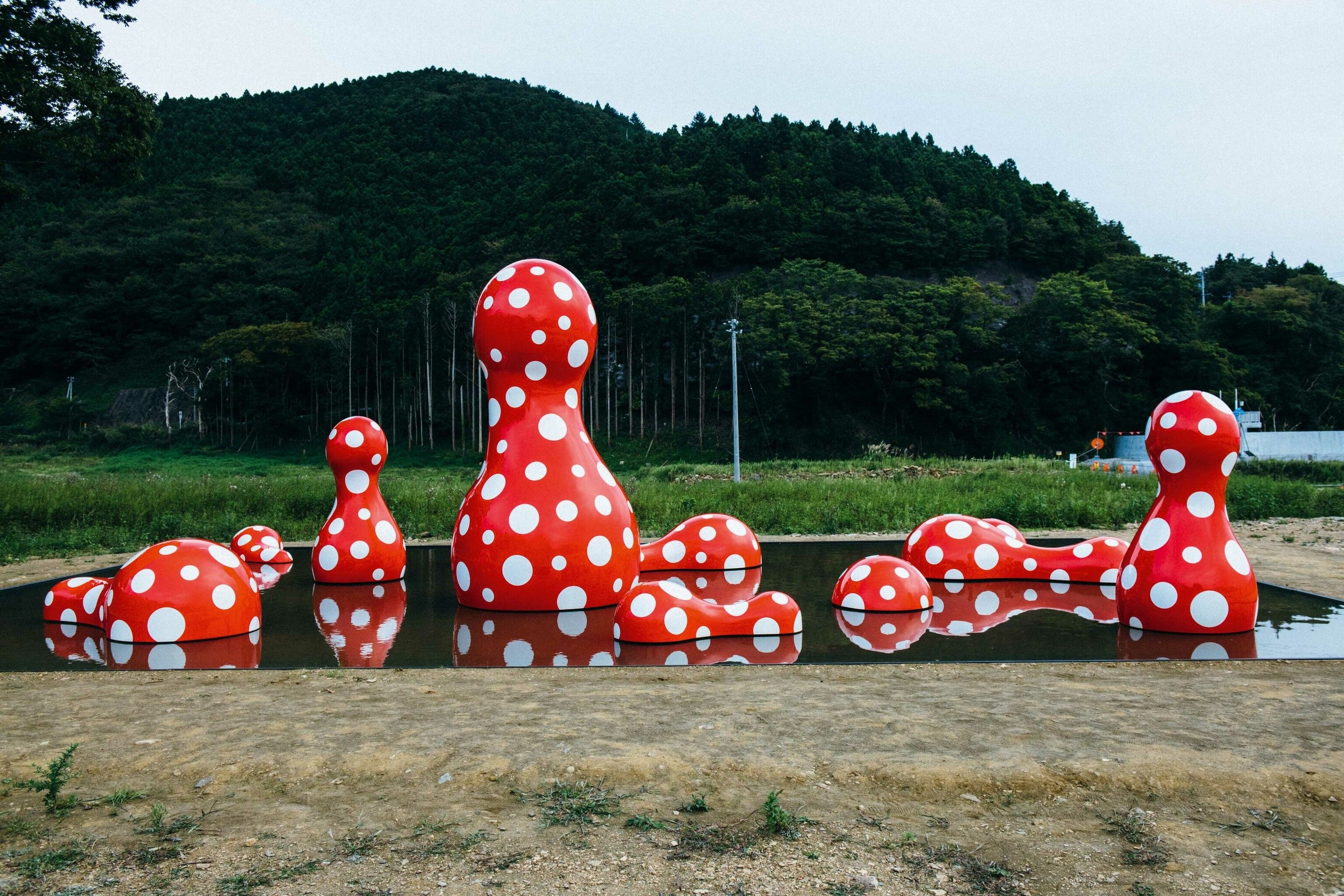
Why should I visit in 2022?
Previous festivals have featured a lauded list of Japanese and international artists including Yayoi Kusama, Shimabuku, Anish Kapoor and Yoko Ono. Their works are among dozens of large installations and hundreds of smaller artworks dotted in urban areas and scattered across the striking rural landscape. Each work of art is site specific, with the location holding as much importance as the piece itself, so you might find one in an old bathhouse, decorating a train station, tucked away at the top of a mountain trail or sprawling along the coast. Kohei Nawa’s White Deer (pictured) has been widely lauded for its near-spiritual beauty, as it stands on a white-shell beach in Oshika, gazing at the sky.
What else makes it special?
Beyond the biennale, the area has a bounty of brilliant things to see and do. Active types can go fishing, mountain biking and hike sections of the Michinoku Coast Trail, which winds along the Pacific Ocean above marble cliffs, sea caves and volcanic rock formation and has viewpoints where visitors can see several Reborn Festival art installations. Animal lovers can prowl around Zao Fox Village sanctuary, meet sacred deer on Kinkasan Island and play with friendly felines on Cat Island (Tashirojima). Meanwhile, culture enthusiasts will find numerous temples, shrines, gardens and museums to visit.
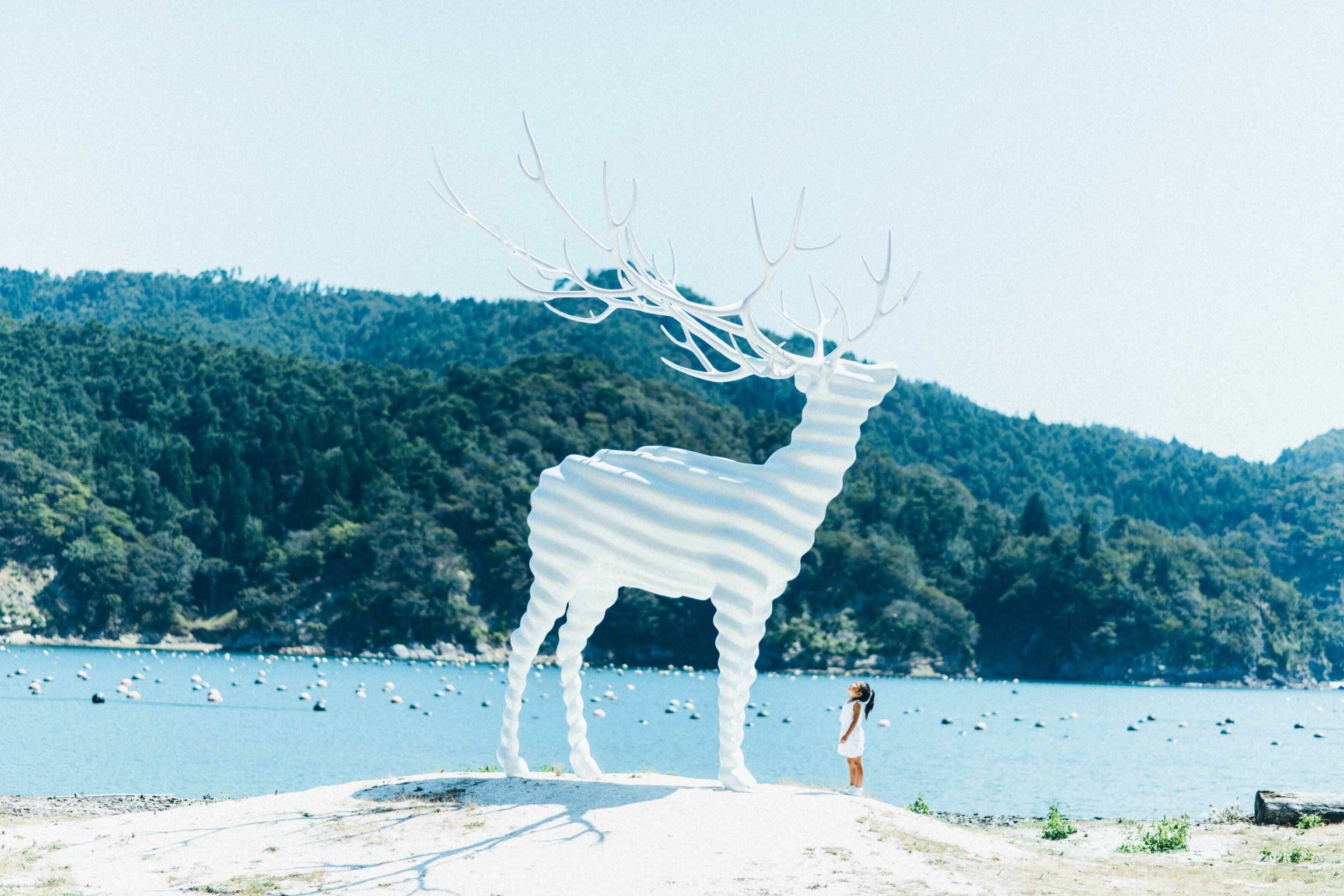
Where should I stay?
Visitors can stay in Momonoura Village, the festival’s official accommodation, designed by the award-winning Tokyo-based architects Atelier Bow-Wow. It’s set in a small fishing village on the forested edges of Ishinomaki city and features cute chalet-style accommodation. Alternatively, visitors can book onsen hotels overlooking Matsushima Bay, get cosy in guest houses, cabins and caravans on the Sanriku Coast or stay in an authentic samurai residence on Mount Zao.
Where can I eat?
Food is another of Reborn-Art Festival’s big draws, with famous Japanese chefs and local talent using the event to showcase the Tohoku region’s sensational seafood, rich wild game and fresh local fruits and vegetables. The main dining venue is the open-air Reborn-Art Dining restaurant, but you’ll also find food stalls, night markets, workshops, pop-ups and culinary lectures happening across the region. For a more hands-on food experience, be sure to book the Ishinomaki Food Adventure, which includes a trip on a fishing boat, a mountain walk with a deer hunter and a taste of kaiseki cuisine (a traditional multi-course Japanese meal).
For more information on Japan’s myriad cultural offerings, go to japan.travel/en/art-festivals/
Find National Geographic Traveller (UK) on social media
